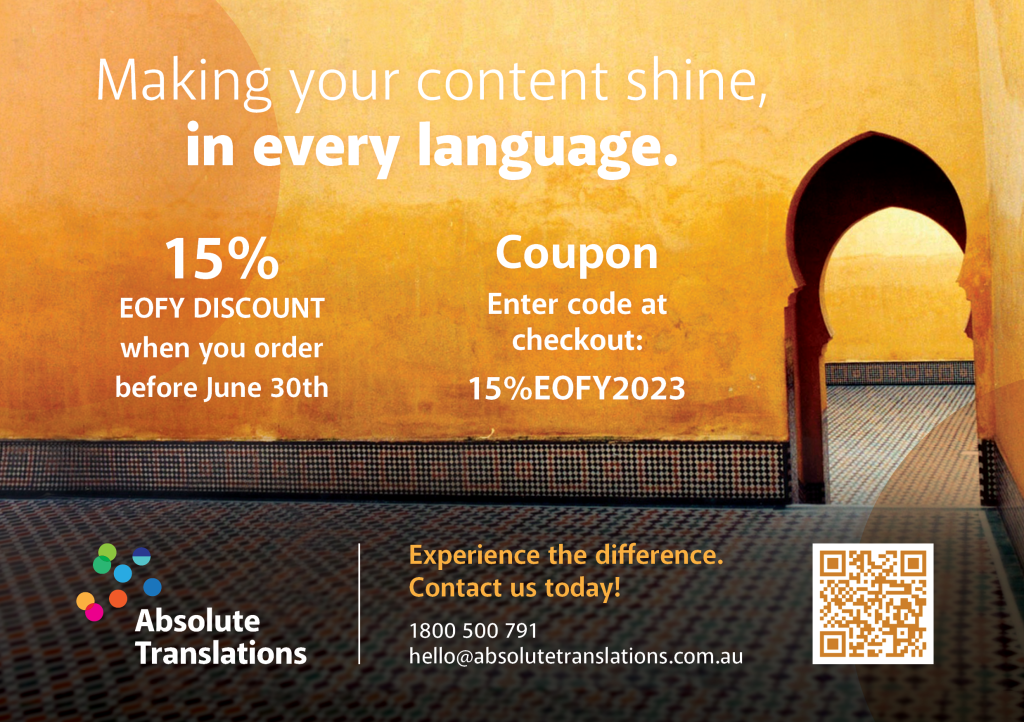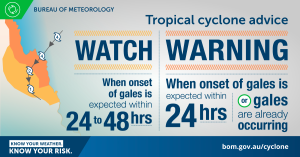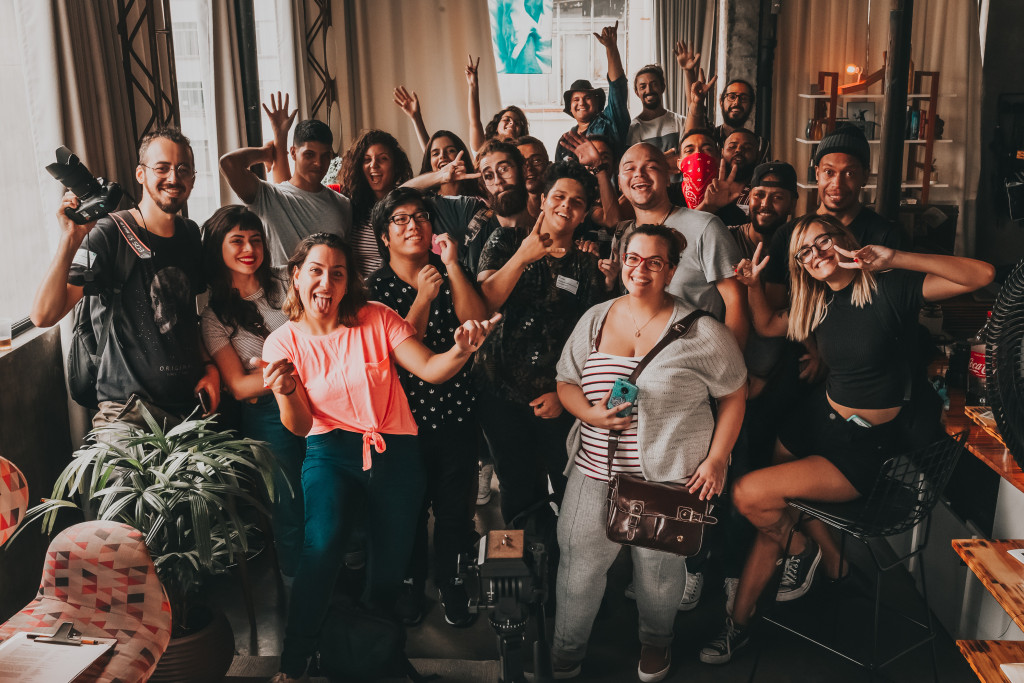 When translating text from one language to another, it is important to be aware of cultural differences. Cultural differences can affect the meaning of words, phrases, and even entire sentences. If these differences are not considered, the translation can be inaccurate or even offensive.
When translating text from one language to another, it is important to be aware of cultural differences. Cultural differences can affect the meaning of words, phrases, and even entire sentences. If these differences are not considered, the translation can be inaccurate or even offensive.
Here are some tips for managing cultural differences in translation:
- Do your research. Before you start translating, it is important to do some research on the target culture. This will help you to understand the cultural context of the text and to identify any potential areas of difficulty.
- Work with a native speaker. If possible, it is always best to work with a native speaker of the target language when translating. This will help to ensure that the translation is accurate and culturally appropriate.
- Be aware of idioms and metaphors. Idioms and metaphors can be tricky to translate, as they often have different meanings in different cultures. If you are unsure about the meaning of an idiom or metaphor, it is best to consult a dictionary or a native speaker.
- Be sensitive to humour. Humour can be another tricky area to translate, as what is funny in one culture may not be funny in another. If you are unsure about whether or not a joke will translate well, it is best to leave it out.
- Be aware of taboos. Every culture has its own taboos, and it is important to be aware of these when translating. For example, in some cultures, it is considered taboo to talk about death or money. If you are unsure about whether or not a topic is taboo, it is best to err on the side of caution and avoid it.
By following these tips, you can help to ensure that your translations are accurate, culturally appropriate, and free of errors.
Here are some additional tips to keep in mind when managing cultural differences in translation:
- Be aware of the target audience. Who are you translating for? What are their expectations? Keep the target audience in mind when making translation decisions.
- Be flexible. Don’t be afraid to adapt your translation style to the target culture. Sometimes, a literal translation will not work. In these cases, it may be necessary to use a more creative approach.
- Be open to feedback. Ask for feedback from native speakers of the target language. This will help you identify areas where the translation could be improved.
By following these tips, you can help to ensure that your translations are accurate, culturally appropriate, and effective.
Ultimately, make sure to work with trusted individuals or agencies so that you can avoid issues and ensure a professional result.
Talk to us, at Absolute Translations, for information backed by two decades of providing businesses with professional language services.




